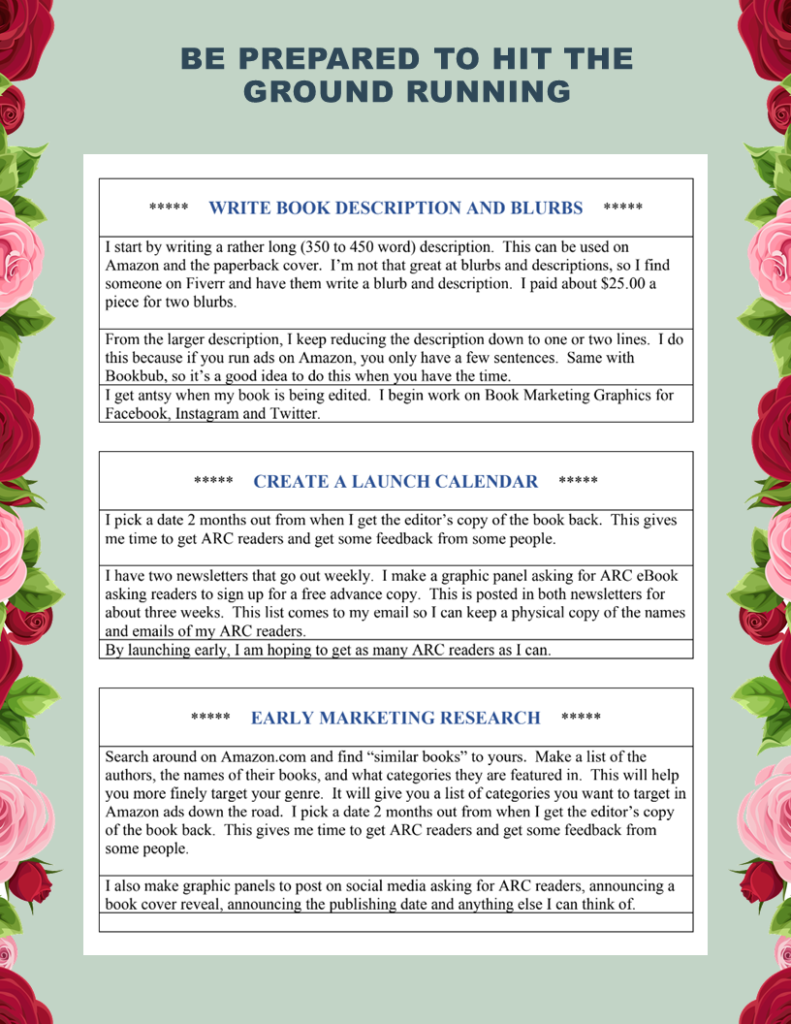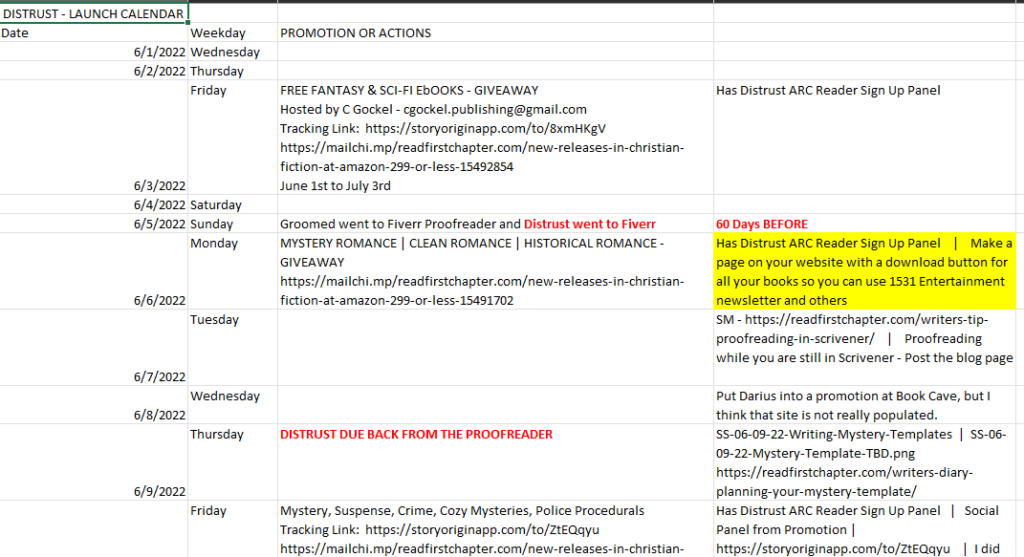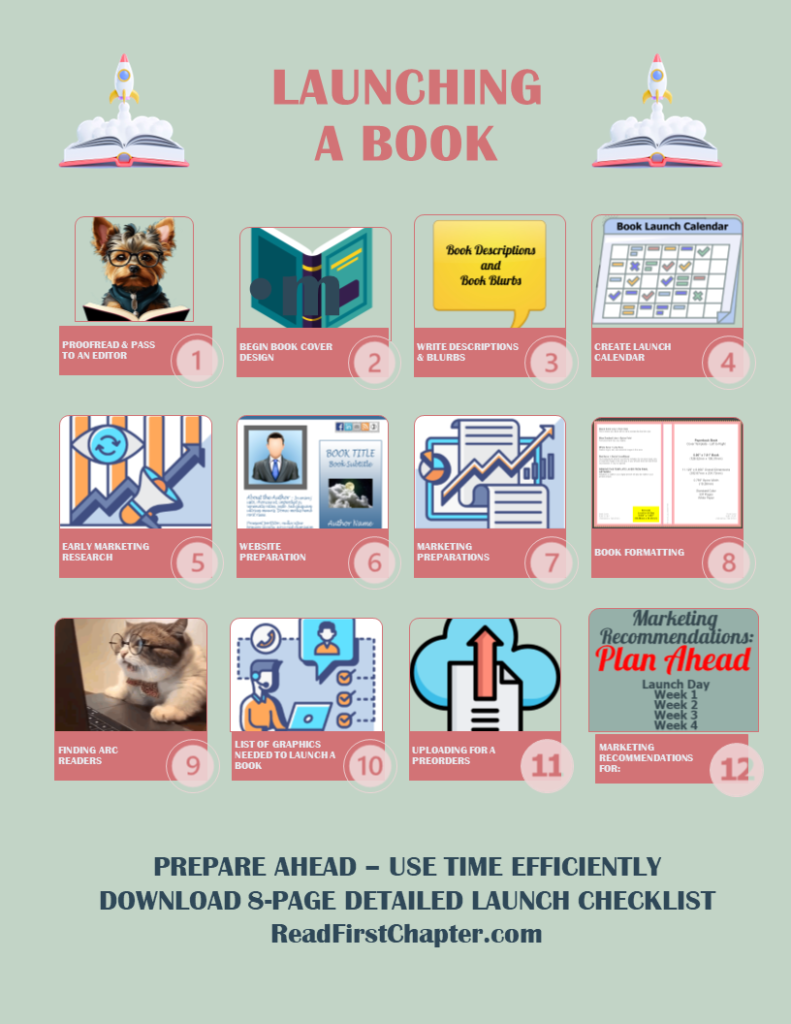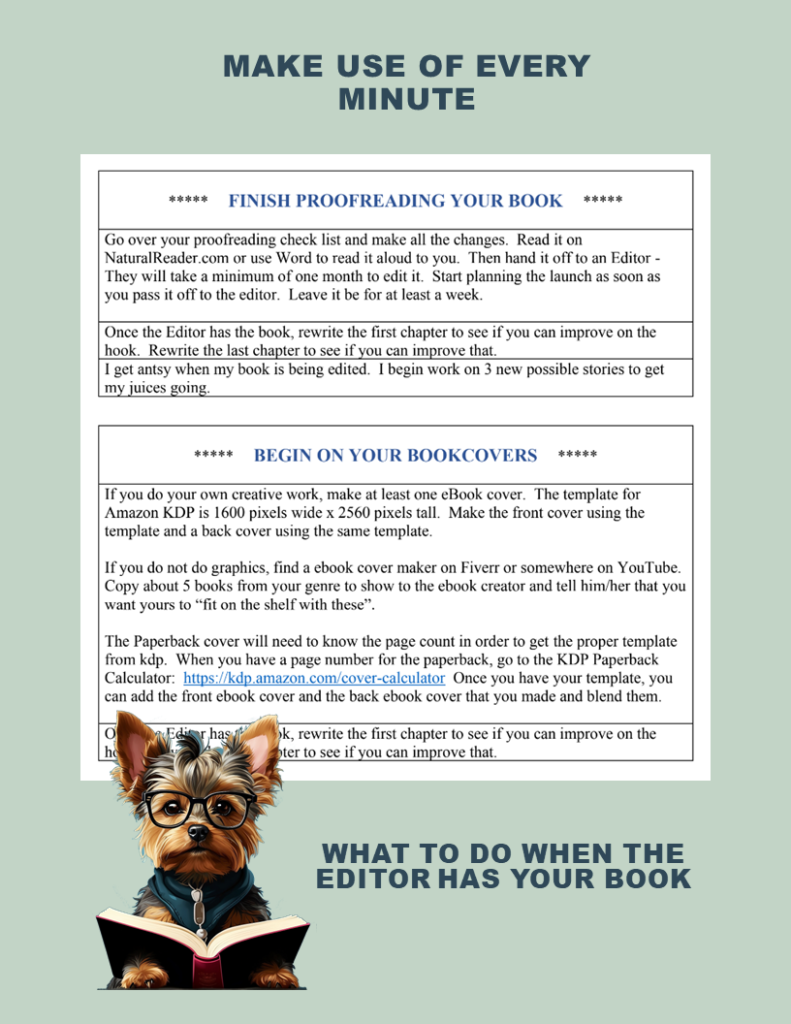*** EARLY MARKET RESEARCH ***
While your book is still being edited, you can do early market research. Begin by going to Amazon.com and searching out your main category. Record the names of the authors, the name of the books, and any series names. These will come into play later on when I tell you about two YouTubers you should watch and subscribe to.
Below are two videos from these two YouTubers who really helped me the most when it came to marketing eBooks on KDP and also researching eBooks with marketing in mind. You should watch these videos and comb their video library for other helpful advice. The only additional thing I will mention is that I also scroll down the book pages on Amazon and notice what other categories my competition is listed in. Write the category names down. You will get many more categories this way as Amazon is adding new ones all the time!
PICKING THE BEST CATEGORIES FOR YOUR BOOK LAUNCH:
Below is the video from Self Publishing Titans. He offers a free tool that I have used and it is great for picking the best categories for your eBooks. The tool is free and it's a cinch to install. He goes over the tool and what it can do in the video below. I would also recommend that you subscribe to his YouTube channel as he has amazing insights and his videos are straight to the point.
I learned from Self Publishing Titans about doing my pre-launch research. I found many more categories that I never knew existed. By doing this early research, I was ready with my 7 keywords and 10 book categories that I would need when it came time to upload my eBook. So have a look see at his video.
THE BEST LAUNCH STRATEGY VIDEO:
Below is a Best Book Launch Strategy video that I found amazingly helpful as a beginner. He also has wonderful insights into how the algorithms work, etc. Be sure to watch the video and subscribe to Dane's channel as he has a lot of great information.
This could take several days, but your eBook is with the editor anyway, so you should have the time!

 I start by writing a rather long (350 to 450 word) description. This is good for Amazon and the paperback cover. To be honest, I’m not that great at blurbs and descriptions, so I find someone on Fiverr and have them write a blurb and description. I paid about $25.00 a piece for two blurbs.
I start by writing a rather long (350 to 450 word) description. This is good for Amazon and the paperback cover. To be honest, I’m not that great at blurbs and descriptions, so I find someone on Fiverr and have them write a blurb and description. I paid about $25.00 a piece for two blurbs.


